-
-0%One of the first novels ever written, Daniel Defoe’s Robinson Crusoe, the classic adventure story of a man marooned on an island for nearly 30 years. The story begins with the universal quest: the young man in Britain, torn between his safe home and his hunger for adventure, breaks away from his loving father and sails away into the unknown. His lively first-person account shows how his intelligence and education help him survive for many years, and how he uses technology, including guns and tools salvaged from the ship.in 10th Grade
Robinson Crusoe Set
By: Defoe, Daniel; HLS Faculty$48.89Original price was: $48.89.$44.01Current price is: $44.01.By: Defoe, Daniel; HLS Faculty$48.89Original price was: $48.89.$44.01Current price is: $44.01. Add to cart -
Romans: Early Christianity introduces students to the writings of the post-apostolic authors and their historical context. Learn about the persecutions of the early Christians and how they held fast to the faith as chronicled by the historian Eusebius. As the Church becomes more established, learn how early theologians defended the faith against various false doctrines, as was the case with Irenaeus, the Bishop of Lyon. Learn about the writings of The Apologists, Clement of Alexandria, and Justin Martyr, as well as one of the earliest Christian text after the close of the Canon, the Didache.in 10th GradeSku: 617633998699
Romans: Early Christianity DVD
By: Roman Roads Media$75.50 -
Romans: Nicene Christianity introduces students to the creeds and councils of the early Church and the fascinating story of how they came about. Wesley Callihan guides students through Augustine’s Confessions and City of God, and selections from John Chrysostom, Athanasius, and Boethius. Learn how the late Roman Christians viewed themselves as the last remnants of Paganism fell, and the Christian defence mounted by Augustine against the accusations that Rome fell because she abandoned the Pagan gods. Learn how Athanasius influenced the Council of Nicea as the Church gathered to discuss the deity of Christ.in 10th GradeSku: 617633998705
Romans: Nicene Christianity DVD
By:$75.50 -
ROMANS: THE AENEID unpacks one the greatest classics of the West, the Aeneid of Vergil, whose impact profoundly influenced both Roman society and medieval Christianity. Wesley Callihan guides the student through the plot, poetic devices, background, philosophy, history, and aesthetics of the poem, as well as its lasting influence on Western culture and civilization. He then briefly turns to the Roman epics of Ovid, Lucretius, Lucan, and Statius.in 10th GradeSku: 635961232124
Romans: The Aeneid DVD
By: Roman Roads Media$75.50 -
Romans: The Historians guides students through the writings of Livy, Tacitus, Sallust, Julius Caesar, Plutarch, Quintilian, and Cicero. Discover the original works that chronicle the early history of Rome from Monarchy, through Republic, to Empire. In this unit you will discover how the Roman philosophy of history shaped the lives and culture of the Roman people, how the Roman historians recognized the signs of cultural decay in their own day, and finally, how the persecution of the Early Church played a critical role in the spread of Christianity throughout the empire.in 10th GradeSku: 617633998682
Romans: The Historians DVD
By:$75.50 -
This study guide seeks to exercise your reading, writing, and thinking, and to illumine your understanding—helping you explore and determine where the actual tragedy lies.in 10th GradeSku: 9781615388219
Romeo and Juliet – Student Book (Second Edition)
By: David M. Wright$18.95 -
The Teacher Guide contains the answers to the Student Book (sold separately).in 10th GradeSku: 9781615388226
Romeo and Juliet – Teacher Guide (Second Edition)
By: David M. Wright$18.95 -
-0%Romeo and Juliet: the greatest love story? Our postmodern age revels in the passion and romance of the young lovers, but perhaps we overlook crucial subtleties in the text. This study guide seeks to exercise your reading, writing, and thinking, and to illumine your understanding—helping you explore and determine where the actual tragedy lies.in 10th Grade
Romeo and Juliet Set
By: William Shakespeare; David M. Wright$46.40Original price was: $46.40.$41.77Current price is: $41.77.By: William Shakespeare; David M. Wright$46.40Original price was: $46.40.$41.77Current price is: $41.77. Add to cart -
Room for Ripley is perfect for teaching capacity to second, third, and fourth graders.in 3rd GradeSku: 9780064467247
Room for Ripley
By: Stuart J. Murphy$8.50 -
We are often asked if we have a program that includes the study of both Latin and Greek roots. We do now! Roots of English is an introduction to English, designed for students in grades six through eight, but it is also a great test prep program for older students planning on taking any test with a vocabulary section. Most of the Latin roots covered in this book correspond to the Latina Christiana I vocabulary set. The course also introduces Greek roots commonly found in English words.in 6th GradeSku: 9781930953253
Roots of English
By: Paul O’Brien$32.95 -
This reproducible activity book covers the geographical regions, climate, history and many more interesting topics pertaining to Saskatchewan. Explore the prairie and its climate, the South Saskatchewan River project, nomadic hunters of the plains, the North-West Mounted Police, homesteaders, wheat farming, mining potash, Regina and much more about this western province.in 4th Grade
Saskatchewan: Land and People
By: Bill MacDonald$13.99 -
-5%Prepare your students for future success in calculus, chemistry, physics, and social sciences! The 125 incremental Saxon Advanced Mathematics lessons provide in-depth coverage of trigonometry, logarithms, analytic geometry, and upper-level algebraic concepts. Includes continued practice of intermediate algebraic concepts and trigonometry introduced in Algebra 2 and features new lessons on functions, matrices, statistics, and the graphing calculator. Student Textbook (Hardcover): 125 Lessons, Proofs and Index, Answer Key to all Student Textbook Problem Sets, 748 pages. Homeschool Packet With Test Forms: 31 Test Forms for homeschooling, Answer Key to all homeschool Tests, Answer Key to all Student Textbook Problem Sets.in 10th GradeSku: 9781565771277
Saxon Advanced Mathematics: Homeschool Kit Second Edition
By: Saxon, John$139.95Original price was: $139.95.$132.53Current price is: $132.53. -
Saxon Algebra 2 Homeschool Kit Third Edition. Students will develop the understanding they need to resolve more complex problems and functions with step-by-step instruction in Algebra 1. 120 lessons cover signed numbers, exponents; roots; absolute value; equations and inequalities; scientific notations; unit conversions; polynomials; graphs; factoring; quadratic equations; direct and inverse variations; exponential growth; statistics; and probability. This kit includes: Student Text; 564 pages, hardcover. Short answers for problem/practice sets, an index and glossary are included. The Homeschool Packet includes contains 30 student tests & test answers.in 10th GradeSku: 9781600320163
Saxon Algebra 2 Homeschool Kit Third Edition
By: Saxon, John$175.00 -
Saxon Algebra 2 Home Study Kit includes the Student Textbook, Test Book/Answer Key Packet, and Solutions Manual. Traditional second-year algebra topics, as well as a full semester of informal geometry, are included with both real-world, abstract and interdisciplinary applications. 129 lessons cover topics such as geometric functions, angles, perimeters, and proportional segments; negative exponents; quadratic equations; metric conversions; logarithms; and advanced factoring.in 10th GradeSku: 9781600329722
Saxon Algebra 2 Homeschool Kit w/Solutions Manual Third Edition
By: Saxon, John$229.00 -
Used for the daily opening exercise and provides a colorful way to teach the days, years, and datesin 1st GradeSku: 9781565770225
Saxon Math 1 Homeschool Student’s Meeting Book 1st Edition
By: Nancy Larson$32.50 -
Used for the daily opening exercise and provides a colorful way to teach the days, years, and datein 2nd GradeSku: 9781565770232
Saxon Math 2 Homeschool Student’s Meeting Book 1st Edition
By: Nancy Larson$32.50
Grade
Shop our products by Grade.


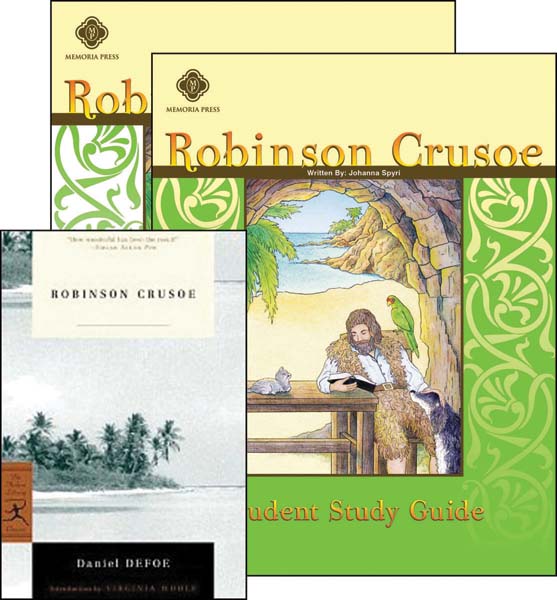
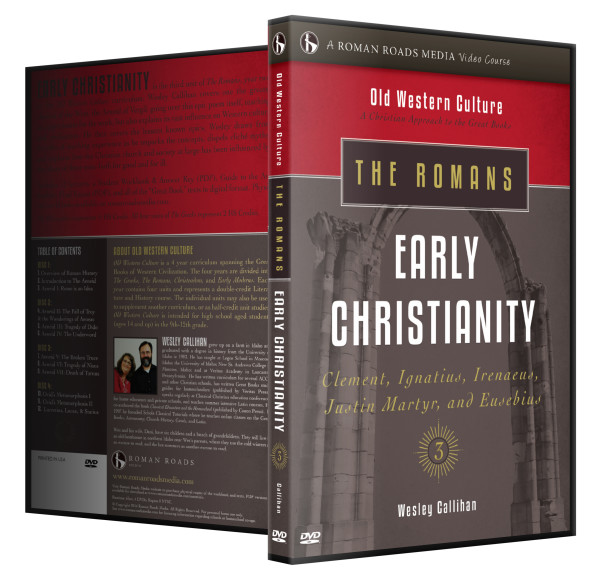
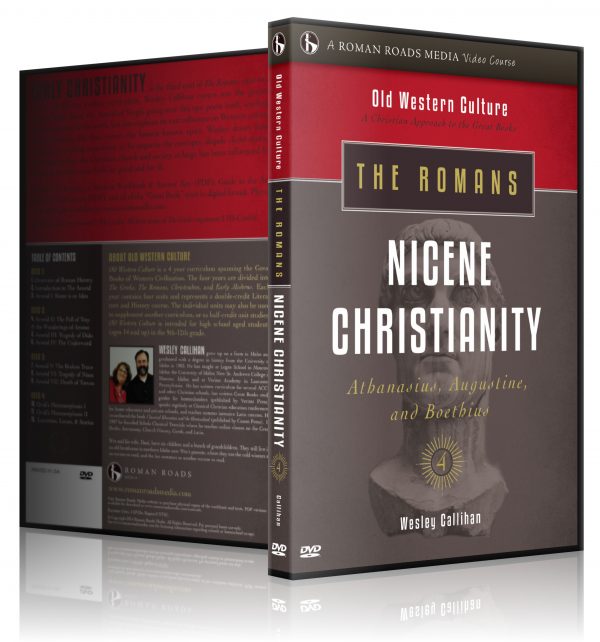
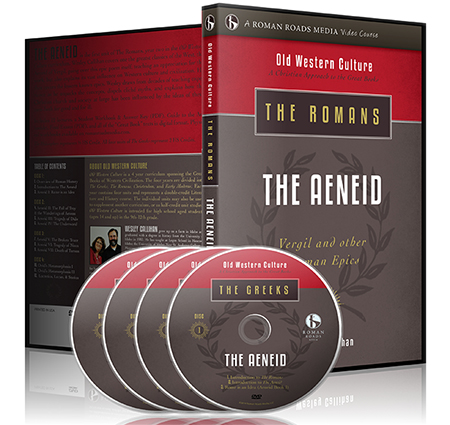
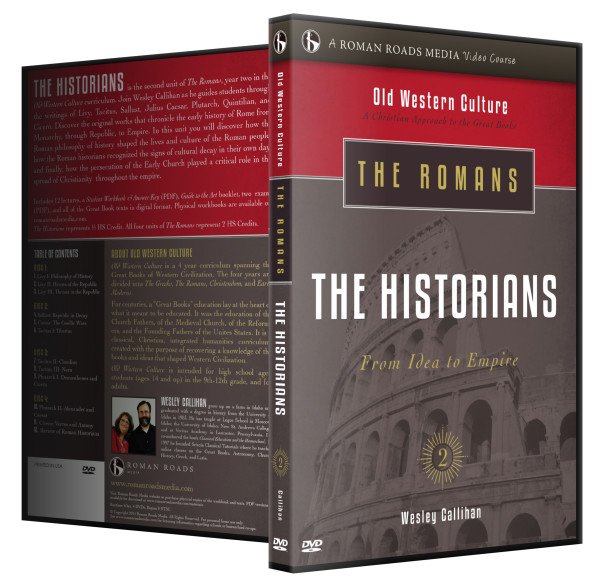


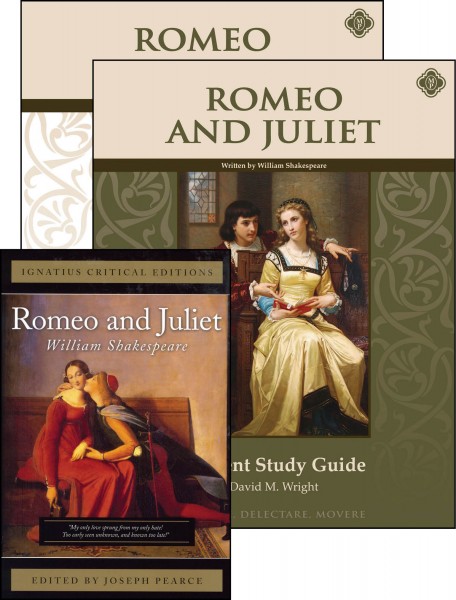
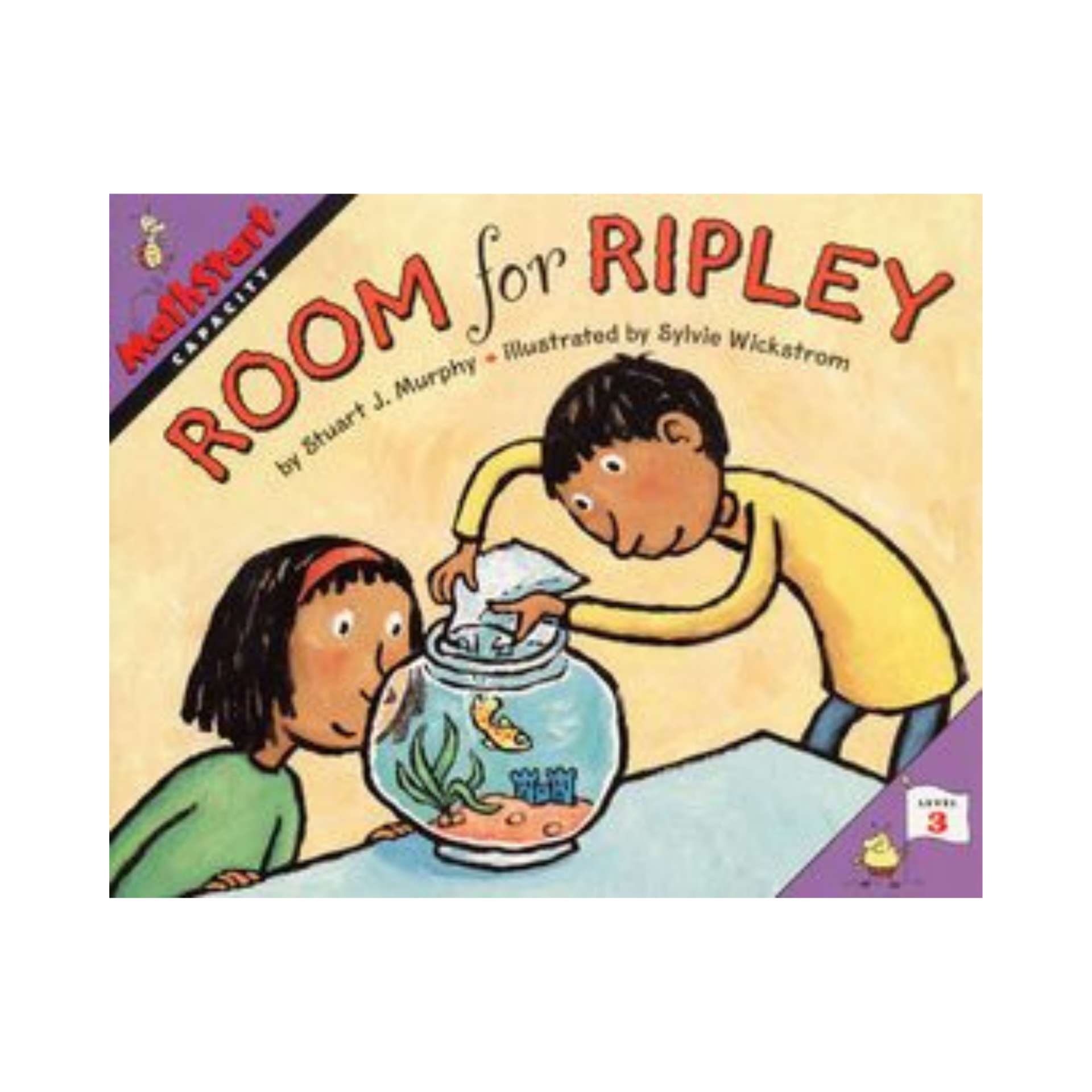
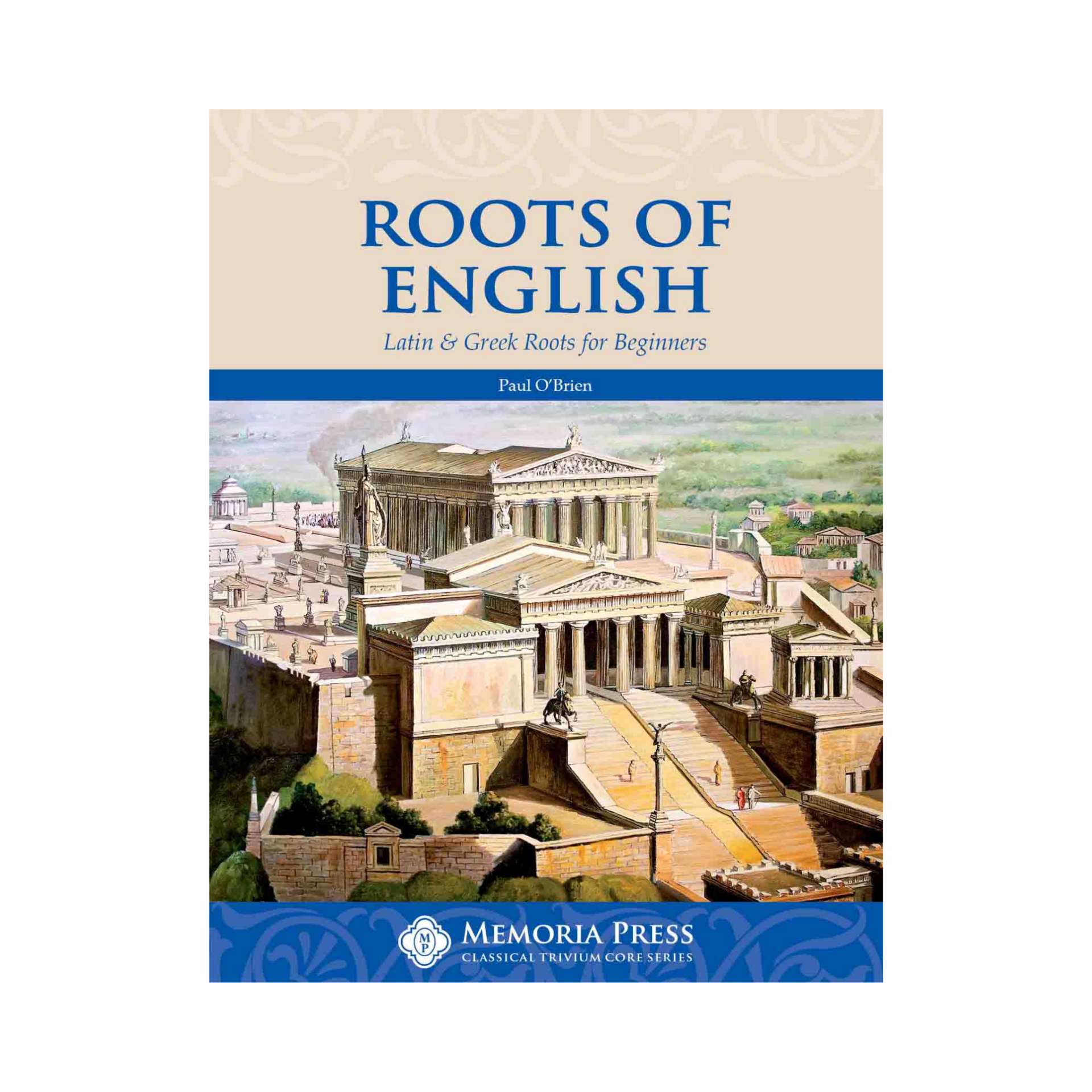
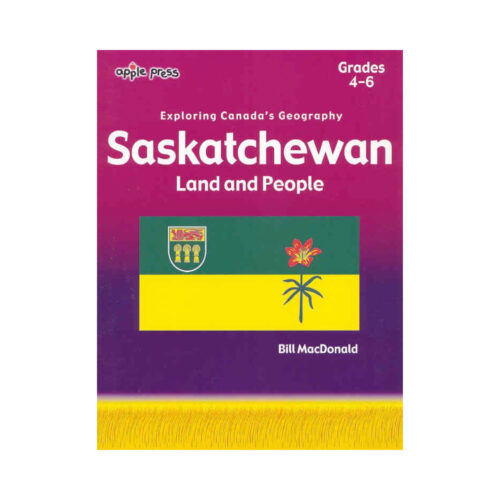
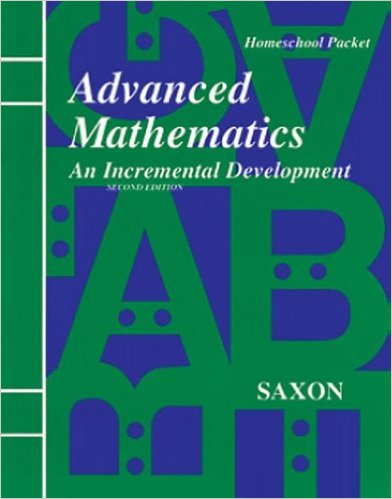
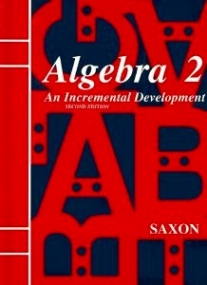
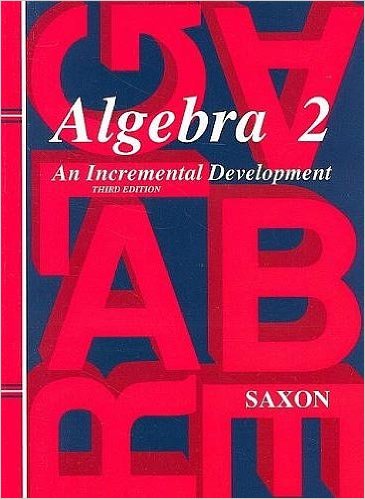
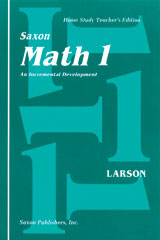

 No products in the cart.
No products in the cart.